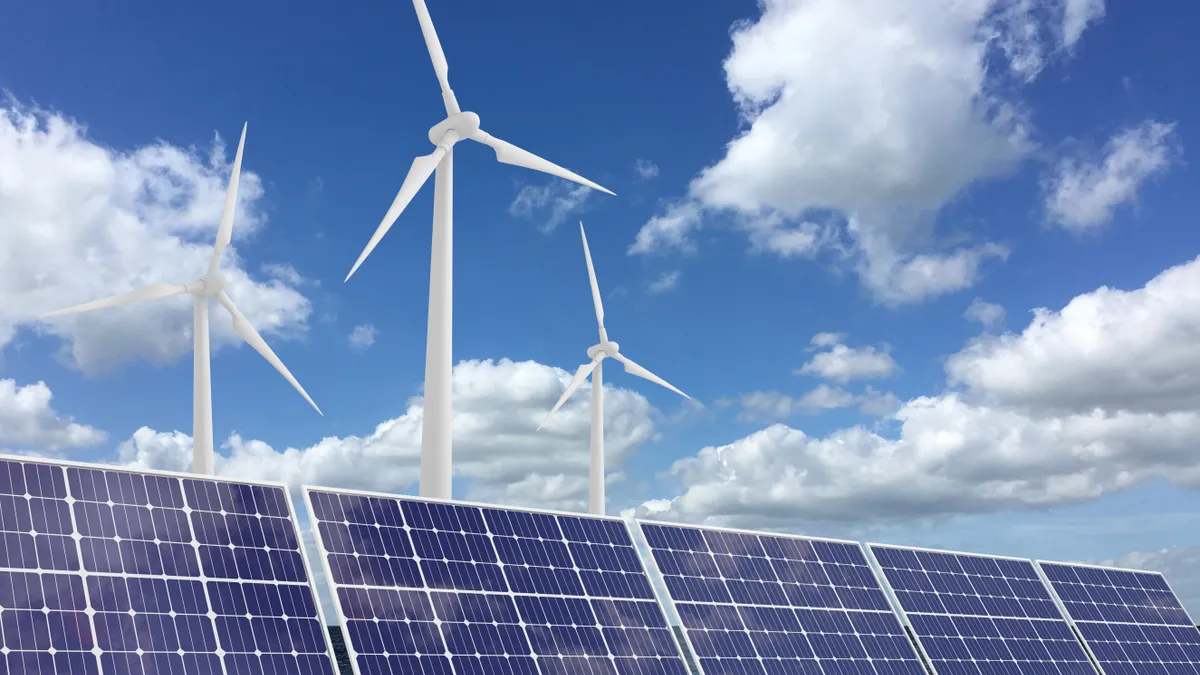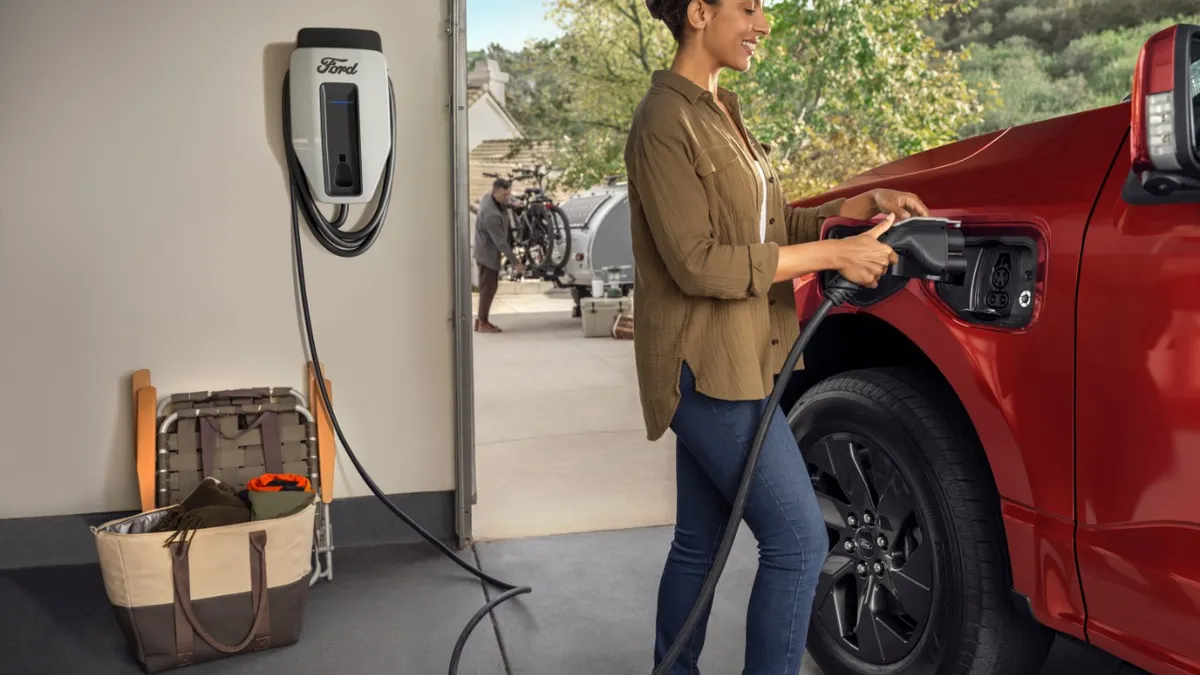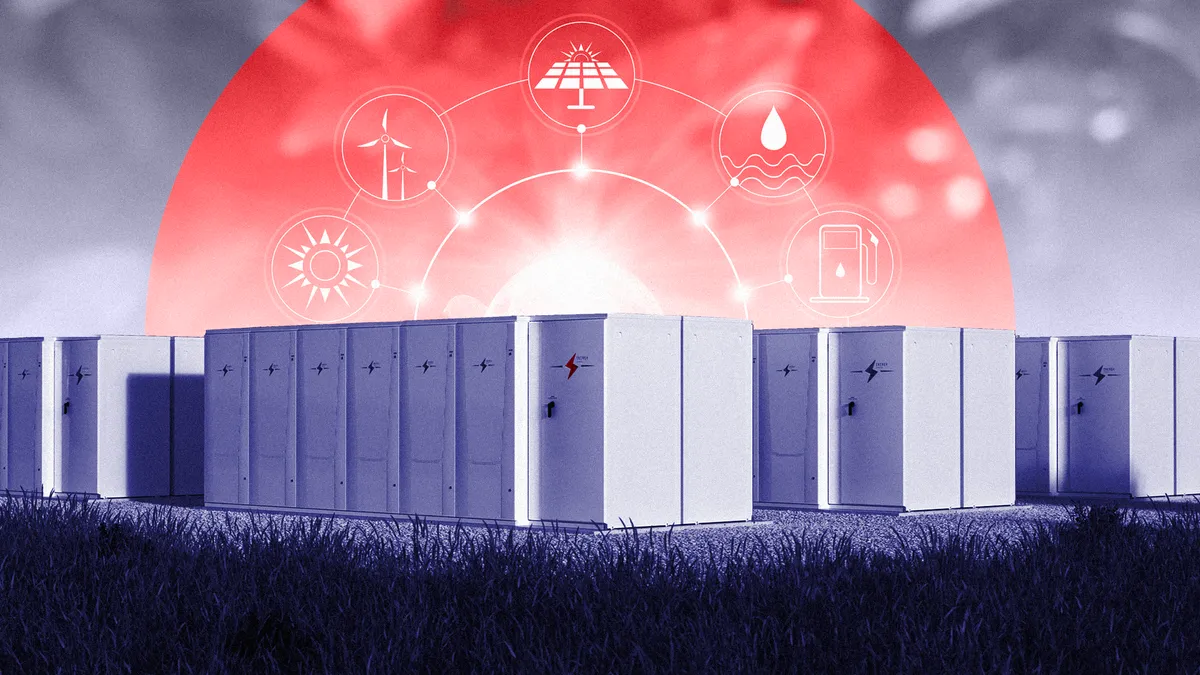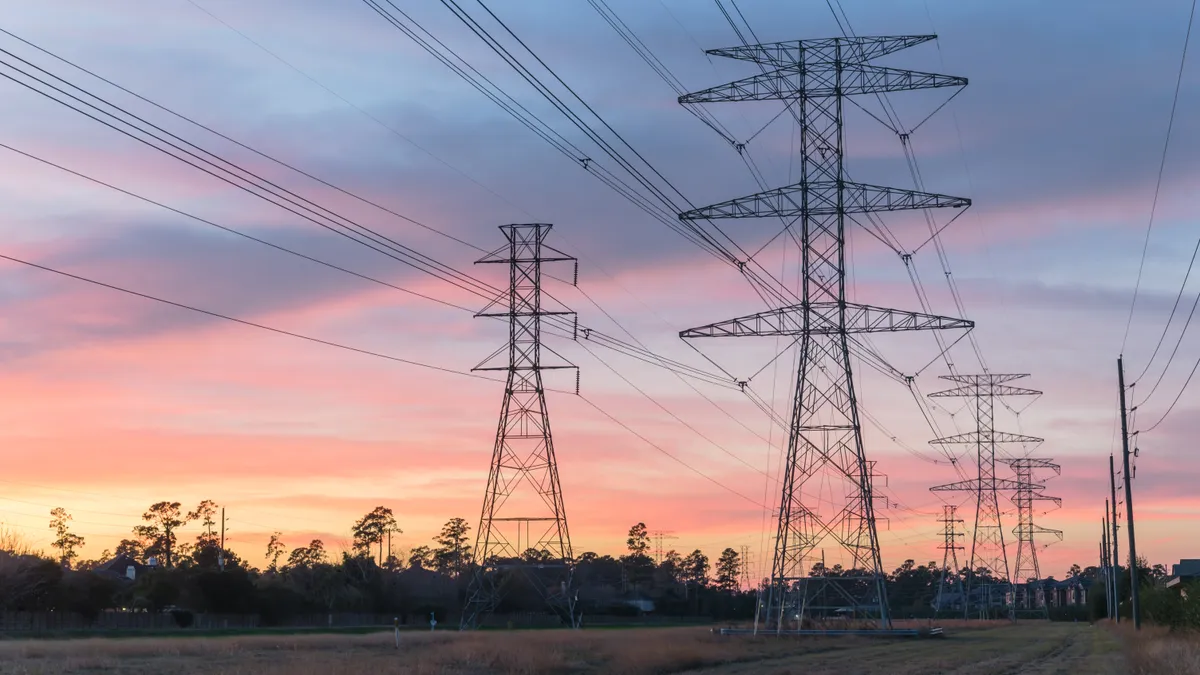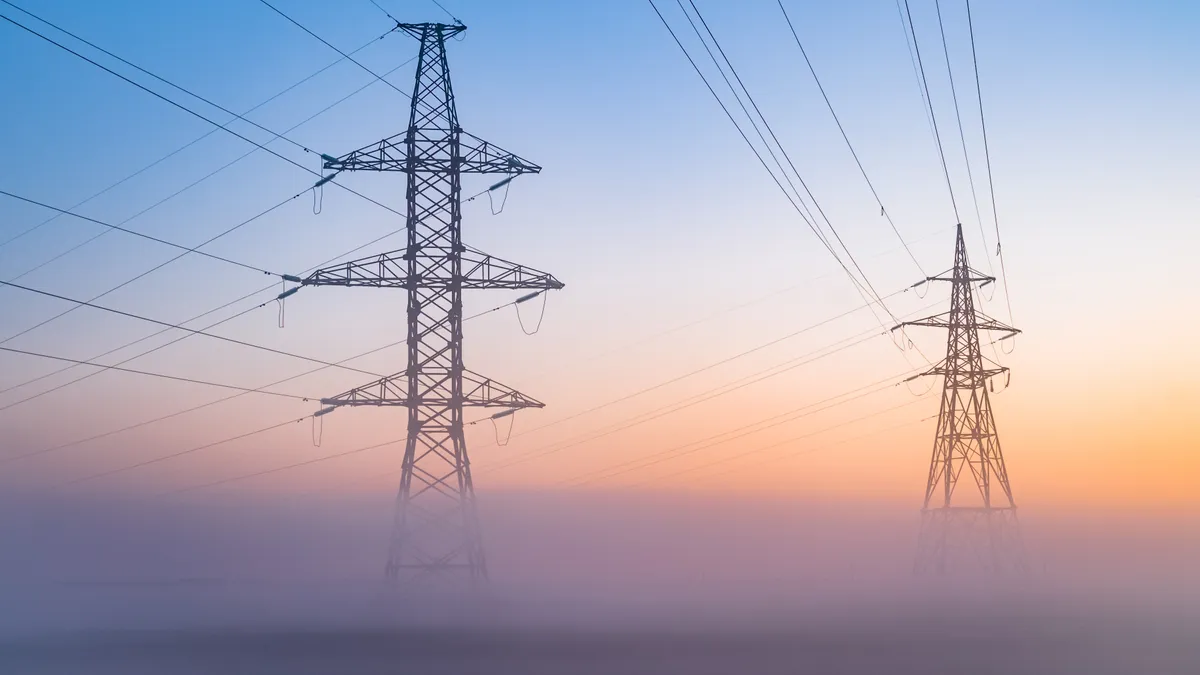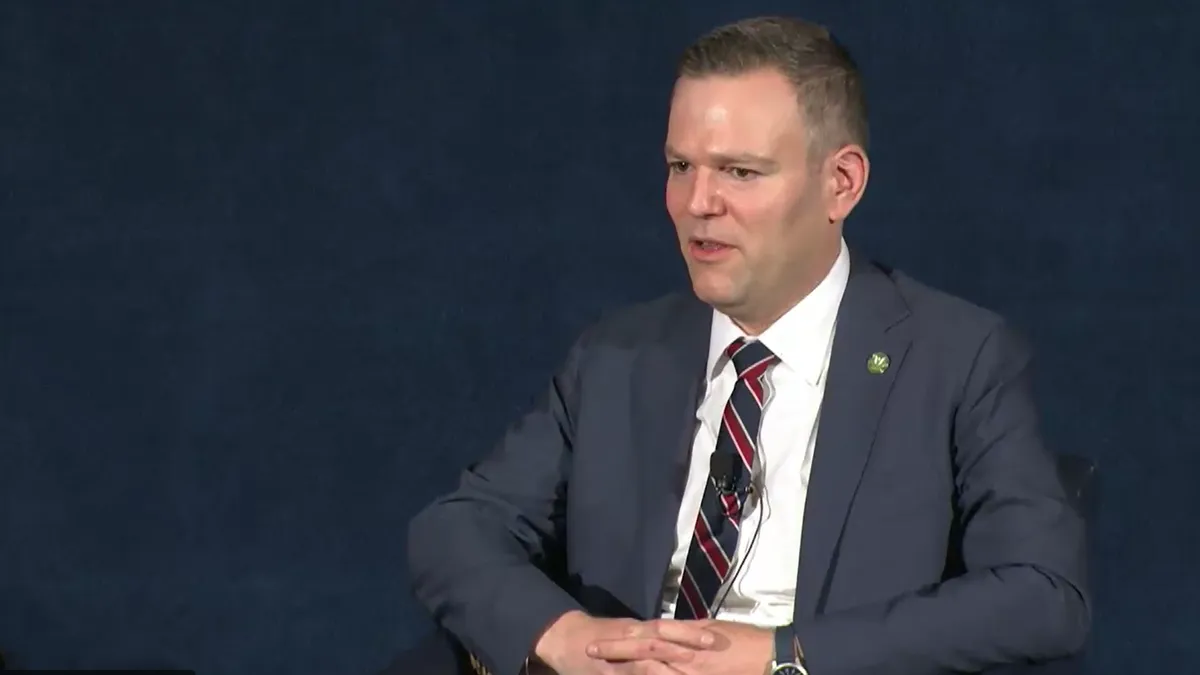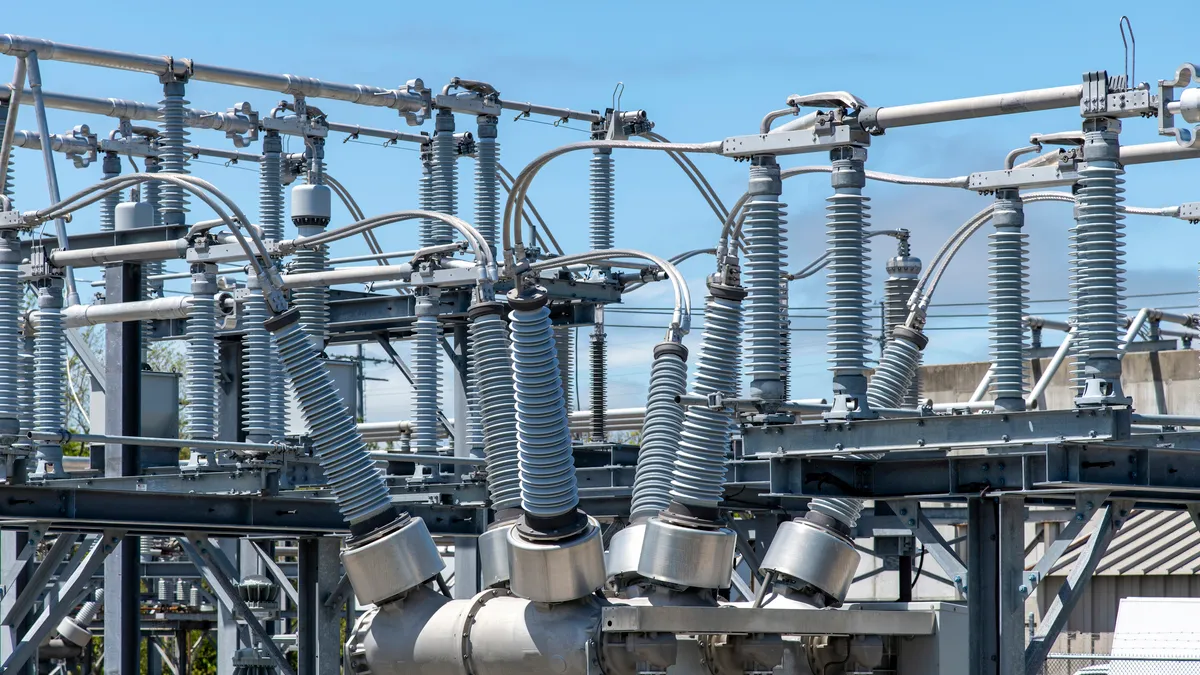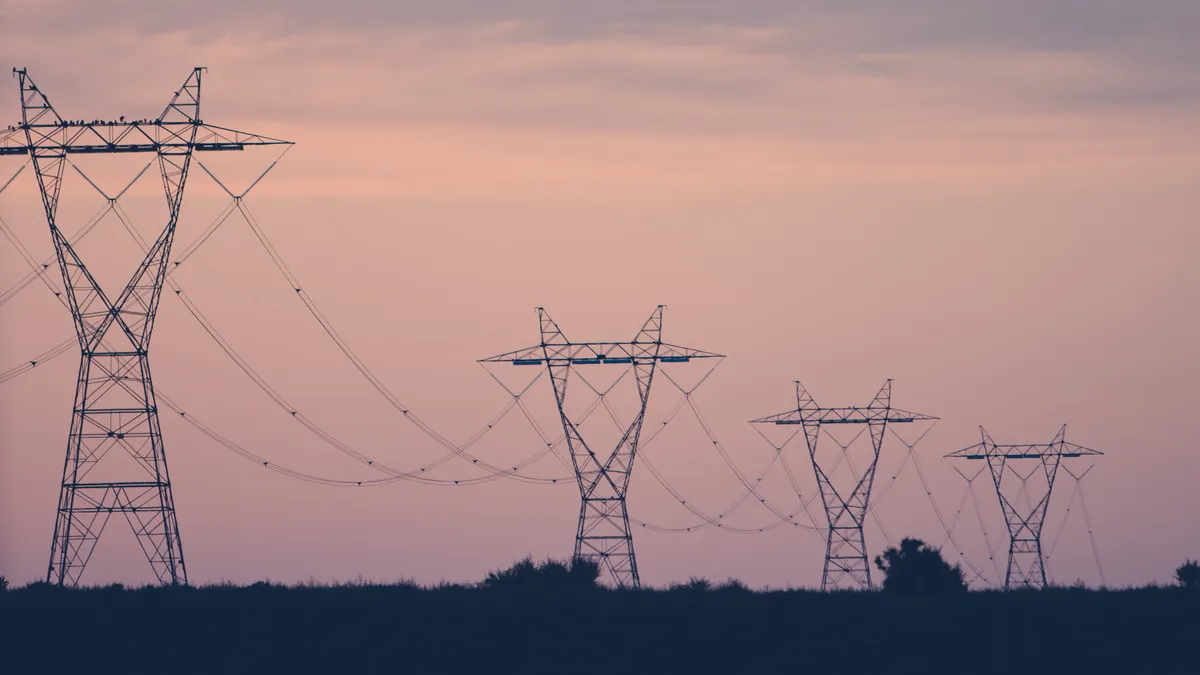Sean Gallagher is the senior vice president of policy at the Solar Energy Industries Association.
Connecting solar projects to the bulk power grid should not be this hard.
More than 2 TW of generation and storage are stuck in interconnection queues around the country, a majority of which are solar energy projects. In 2022, interconnection wait times increased by 40% and costs have more than doubled in recent years, pushing our ambitious clean energy goals further out of reach.
Consumers are interested in buying more solar energy, and solar developers are ready to deliver, but the grid and interconnection processes are not working. The Federal Energy Regulatory Commission’s proposed rules for interconnection reform were welcome, but as FERC works toward finalizing this rule, we should all keep in mind that queue reform solely for the sake of reform is not progress.
Over the last 25 years, FERC policies have promoted competition and the diversification of our energy sources through competitive generation. Independent power producers, like large-scale solar and storage developers, are bringing competition to the market, but have no power over transmission or interconnection. In contrast, many utilities and incumbent generators own or control transmission, introducing a major conflict of interest when it comes to new market entrants and protecting their generation from competition. To promote competition, interconnection reforms need standard processes and rules that leave little room for interpretation or discretion.
We urge FERC to focus on creating real, achievable reforms that could have a meaningful impact on clean energy deployment.
First, FERC must correct the most egregious issue in its proposed rules — an impossible to meet “commercial readiness requirement” that would turn commercial practice on its head. This rule would force clean energy projects to have a power purchase agreement (PPA) or contract in place to enter the interconnection queue. This is an insurmountable barrier that ignores commercial realities. Today, most offtakers require developers to be in the interconnection queue to be considered for a PPA. Moreover, because interconnection costs impact overall project costs, project developers can’t price PPAs for their customers with any certainty without interconnection cost information, making them unable to fulfill this requirement.
Second, FERC should remove the use of excessive penalties for interconnection queue withdrawals in its proposed rules. These penalties incentivize nonviable projects to linger in the interconnection queue in hopes that other projects will withdraw and reduce the costs of network upgrades. Instead, FERC should create workable offramps for nonviable queue projects that will allow projects to exit the queue in an orderly process at set points in the interconnection study process.
Third, all parties participating in the interconnection process need better information. Transmission providers should publicly post information about interconnection capacity constraints, hosting capacity, and circuit strength. Better information on grid conditions will allow interconnection customers to make better decisions before entering the queue.
And finally, fairness should be prioritized in all of the interconnection rules FERC creates for generators and transmission owners. This includes getting rid of the subjective “reasonable efforts” standard that currently allows transmission providers to ignore tariff-defined study deadlines. Instead, it should be replaced with enforceable requirements that are subject to penalties and study deadlines and readiness requirements that accommodate the business models of low-cost independent power producers.
Solar developers are ready and willing to do their part to fix the problems facing the interconnection queues. In fact, the Solar Energy Industries Association’s (SEIA’s) comments agreed with a number of reforms that would weed out some of the interconnection requests by requiring higher study deposits and site control requirements. SEIA supports reforms that contribute to systemwide reliability and require all generation sources to be good grid citizens in their inverter settings.
However, solar developers cannot do this alone. FERC and transmission providers must also come to the table.
To create meaningful interconnection reforms that reduce long wait times and improve efficiency, transparency and fairness should be central components of any rules that FERC creates. But most importantly, FERC must focus on its core mission of ensuring competition.
Without these elements, Americans across the country will miss out on the affordable, reliable and clean power they deserve.


